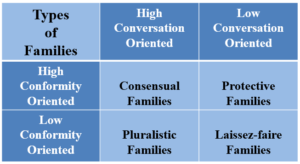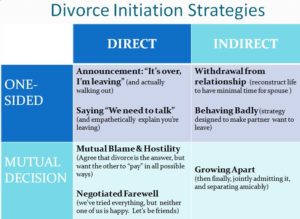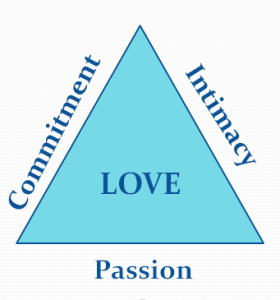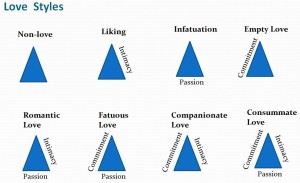New School Year – Time to Refresh Your Family Communication Patterns
by Jamie C. Williamson, PhD
A new school year is a perfect time to refresh your approach to parenting and renew the way you interact with your kids. As kids grow and change, your family communication patterns should change, too.
Back-to-school means back-to-routines for children and their parents or caregivers. In anticipation of this annual change, insightful parents adjust their family routines based on their children’s age, disposition, and learning needs. Bedtimes, homework, extracurricular activities, chores, screen time, friend time, meal times, and family time all get adjusted to match a growing child’s needs.
Establishing routines and expectations helps to decrease stress and create a smooth, predictable family life. So, this is all good….Probably even necessary for healthy child development and parental sanity.
Families also benefit when parents and caregivers review the way they interact with their children and make similar age-appropriate adjustments in family communication patterns involving parental encouragement of two-way conversation and parental expectations for conformity of attitudes and values.
Family Communication Patterns
Conformity Orientation denotes the degree to which children are expected to obey their parents without question and express similar attitudes, beliefs, and values. High Conformity families express similar attitudes, beliefs, and values and try to avoid conflict. So, they seem harmonious. But, may not be under the surface. Low Conformity family members express highly divergent attitudes, beliefs, and values and do not shy away from conflict. So, these families seem discordant. But, may actually be more supportive of each other differences than high conformity family members.
Conversation Orientation designates the degree to which parents and children openly express their differing points of view and remain supportive of each other in the process. High Conversation families encourage members to discuss issues and alternative attitudes, beliefs, and values. Low Conversation families discourage (and often sanction) voicing divergent opinions and refrain from open discussion. Instead, children are expected to think like their parents and do as they are told, without question.
With Conversation Orientation and Conformity Orientation in mind, Ascan Koerner and Mary Ann Fitzpatrick identified four types of families, which I have depicted in the “Types of Families” graphic below.
- Protective Families are low in conversation and high in conformity. They avoid conflict and emphasize the importance of agreement among members, but engage in little communication about issues. They expect children to obey their parents without asking challenging questions (except the ubiquitous “why”, of course).
- Consensual Families are high in conversation and high in conformity. They encourage (or at least tolerate) open communication about issues but parents still seek (and often expect) their child’s agreement on important values.
- Pluralistic Families are high in conversation and low in conformity. They encourage members to appropriately express different points of view and openly engage in communication, while remaining supportive of each other.
- Laisser-faire Families are low in conversation and low in conformity. They avoid communicating with each other, encourage privacy, and adopt a “do what you want” approach to conflict resolution.
Create Age-Appropriate Family Communication Patterns
Some relationship scholars argue that none of these four family communication patterns are better or more productive than the other types, saying “what works for some families will not work for another family”.
But I disagree.
My research on family conflict, my experience helping families solve problems, and my university-level teaching have convinced me that children need to learn how to formulate their own attitudes, beliefs, and values and express their opinions in a civilized manner before becoming adults.
And, I believe the best way for children to develop moral reasoning and learn to express themselves appropriately and effectively is through age-appropriate interaction at home
In fact, I’ve numbered the Family Communication Patterns 1-2-3 in the order that is likely to work best for most children as they move from pre-school through high school, with parents determining the appropriate pace of skill development for their child.
(Please note that I have intentionally left out #4 Laisser-fair Families because this family structure seems inappropriate for school-age children. The Laisser-fair approach ignores the interdependence of people who share a history, space, and life together, so it is likely to be dysfunctional for an all-adult family, as well).
Here is your challenge:
As part of crafting your new back-to-school routines, review these Family Communication Patterns with your parenting partner, whether you live together or not. Think about which combination of conversation and conformity is appropriate for your child’s age, temperament, and learning needs. Then plan time in your new routines that encourage the family interaction you believe is appropriate for you and your child. If your children are old enough, let them participate in the decisions about how your family will balance conversation and conformity this school year.
You can “work it out” together. Let me know if I can help.
I am a Florida Supreme Court Certified Family Mediator and Gottman Methods Couples Counselor. You’ll find me at Amity Mediation Workshop, a mediation practice specializing in “friendly divorce” mediation and family mediation, as well as Marriage Revitalization and Family Dynamics Mediation for families of all configurations. Family Dynamics Mediation re-calibrates communication among family members in a way that restores amity in your home.
If you liked this blog post, SIGN UP NOW for my “Work it Out – Relationship Tips” emails packed with practical, helpful, and fun relationship guidance that you can really use to help your relationship work.


 If you are contemplating divorce (and are
If you are contemplating divorce (and are 


